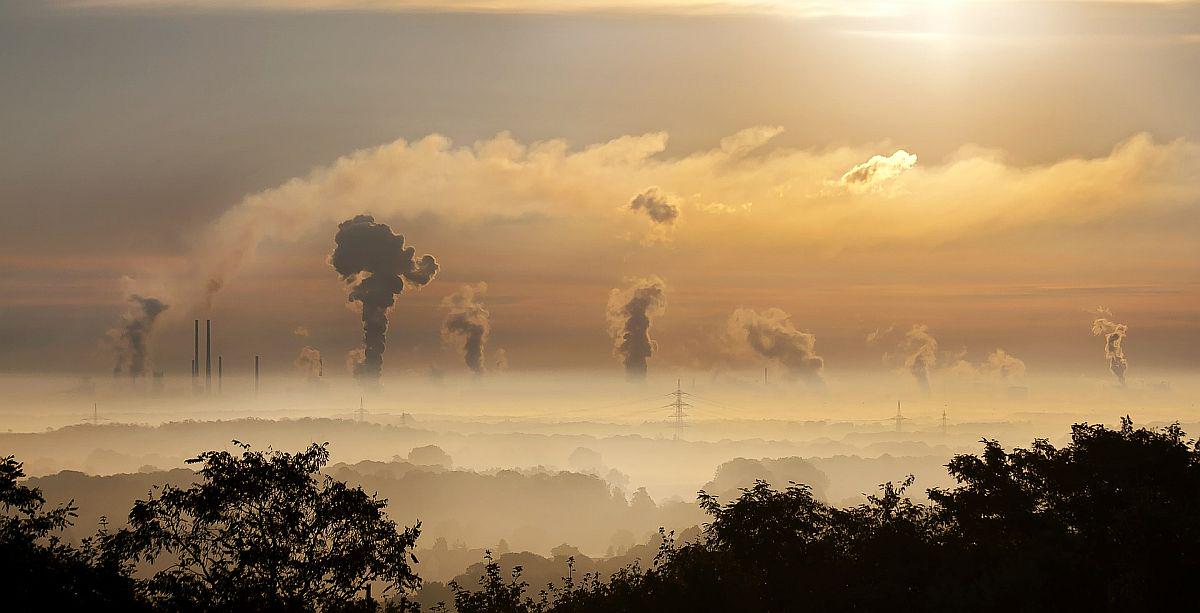
In all likelihood, the daily critical amounts of PM10 particles will be exceeded in the valleys and basins of central Slovenia, with the most critical areas being around the towns of Trbovlje, Zagorje, Hrastnik, Celje, Ljubljana, Kranj, Novo Mesto, and Maribor. The daily values of PM10 particles may also be exceeded in Murska Sobota.
We’re now in the part of the year when the critical concentration of PM10 and PM2.5 particles is most likely to be exceeded. This happens most often on cold days and in the valleys where temperature inversions prevent emissions from being diluted, explains ARSO. The winds tend to be weaker, while the use of small heaters increases. They can cause critical concentrations to be exceeded even if they produce relatively low amounts of emissions.
By comparing winter and summer measurements, experts discovered that wintertime concentrations of fine particles are 70 to 100 percent higher than in the summer due to temperature inversions. In the Primorska region and on the coast, these differences are smaller – less than 20 percent.
Individual furnaces are the biggest problem
In the currently prevailing conditions, the lowest concentrations of airborne fine particles tend to occur in the late mornings, while the highest occur in the evenings. To reduce pollution, ARSO recommends that people do not burn wood in furnaces and fireplaces if they have other means of heating. They should also reduce the heating of residential and office spaces where liquid or solid fuels are used for heating, and use public transportation instead of private cars. Finally, they should avoid burning open fires.
Andrej Čebokli
Translated by J. B.

































































